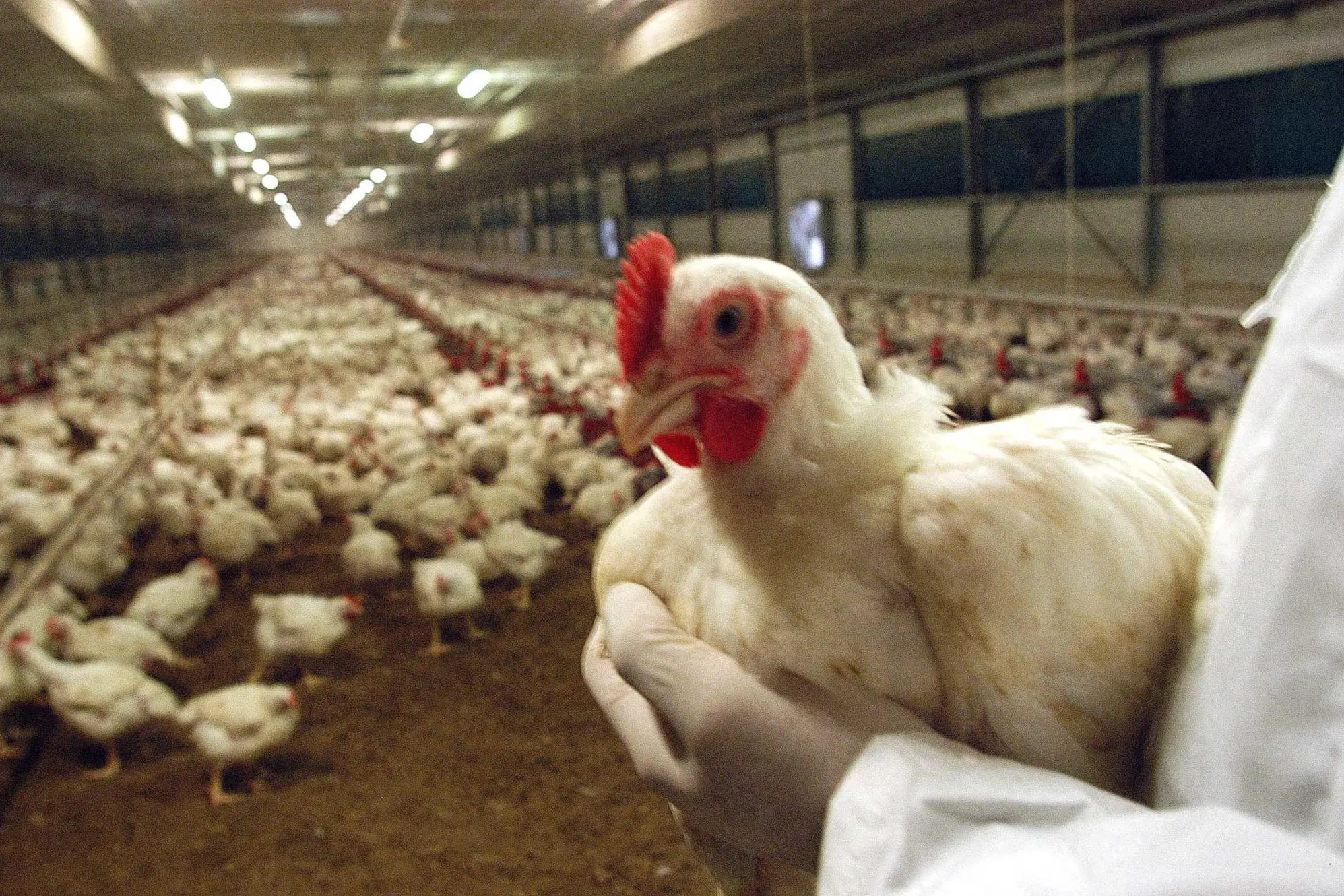Avian flu is once again frightening: "An unprecedented number of outbreaks"
The health authorities are launching the alert for the possible spread in poultry farms, but there are also fears for the possible "jump" also in humans(Handle)
Per restare aggiornato entra nel nostro canale Whatsapp
The bird flu nightmare returns to Italy. In fact , the circulation of the H5N1 avian flu virus among wild birds is increasing in Italy , with the risk that they may transmit the virus to poultry farms.
The alert emerges from the data of the national and European reference center for avian flu at the Experimental Zooprophylactic Institute of the Venezie.
The Ministry of Health issued a note a few days ago in which it recognizes the need, says the IZSVe, to strengthen the surveillance of wild birds and the application of biosecurity measures in poultry farms.
The World Organization for Animal Health has also expressed concern about the unprecedentedly growing number of avian flu outbreaks around the world, which could have a serious impact on the economy, biodiversity and public health.
Since October 2021, an unprecedented number of outbreaks have been reported in different regions of the world, reaching new geographic areas and causing a devastating impact on animal health and welfare.
And, in addition to the economic impact for the poultry sector and that on biodiversity, fears for man are growing. “An increasing number of cases of H5N1 avian influenza have been reported in various mammals, both terrestrial and aquatic, causing morbidity and mortality. This raises growing concern about the threat to domestic and wild animal health, biodiversity and potentially public health,” the organization said.
The fear is that the H5N1 avian flu virus "may adapt better to mammals and spread to humans and other animals" .
Furthermore, some of these animals, for example minks, can favor the hybridization of different viruses «leading to the emergence of new strains and subtypes that could be more harmful to animals or humans. Recently reported infections in farmed mink are of concern because infections of large numbers of mammals kept in close proximity to each other exacerbate this risk,” concludes the World Organization for Animal Health.
Since the beginning of February, outbreaks of highly pathogenic avian viruses have been reported for the first time in Uruguay, Argentina, Cuba and Bolivia.
(Unioneonline/lf)
